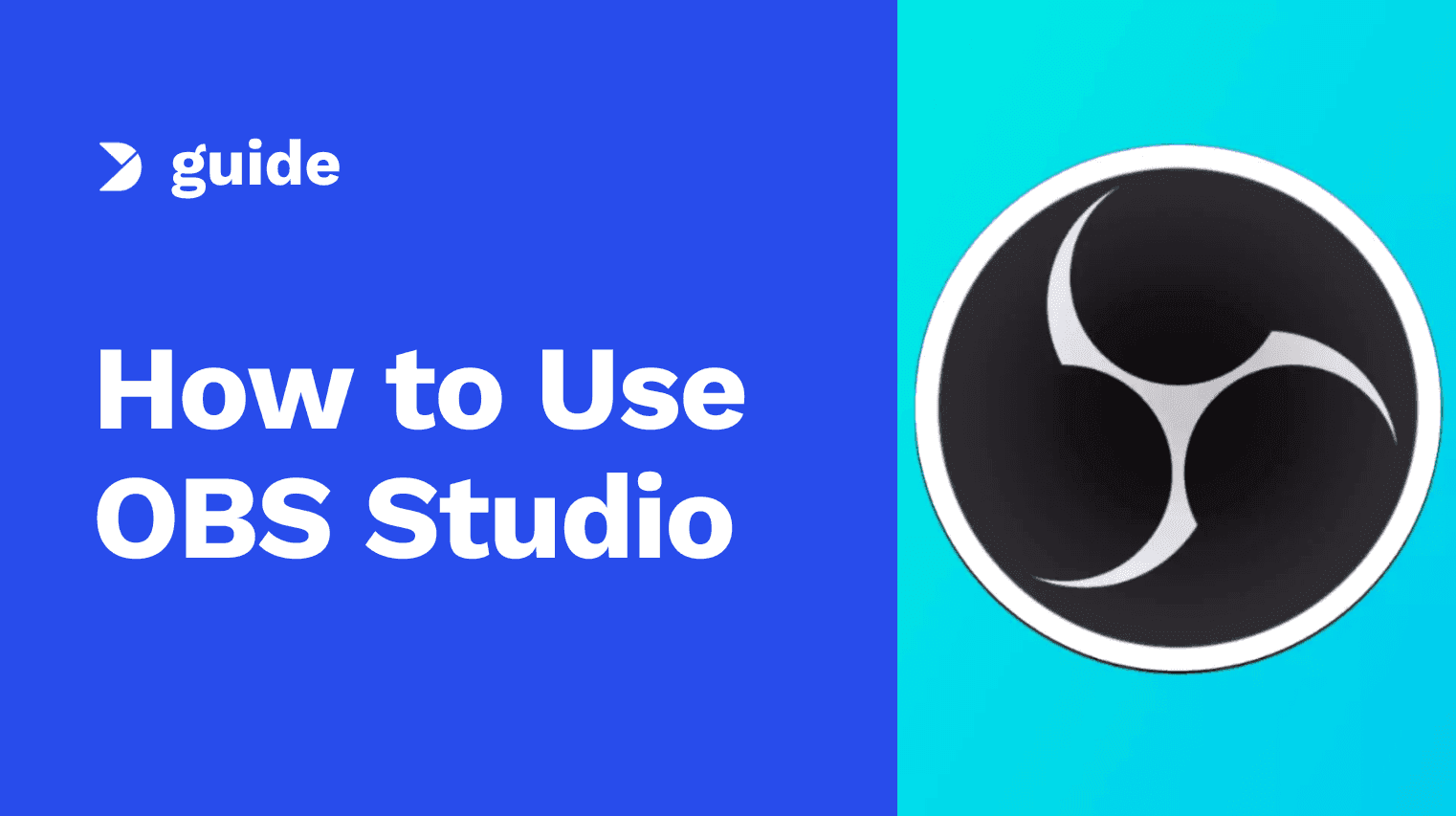Whether you're diving into video recording or live streaming, having the right software is essential for producing high-quality content. OBS (Open Broadcaster Software) stands out as a versatile and powerful tool, offering a range of features to meet the needs of both beginners and professionals.
This guide will walk you through the essential steps of downloading, installing, and setting up OBS. From configuring your audio and video sources to ensuring everything runs smoothly, you'll be equipped to start capturing your content with ease. Let's get started on transforming your video projects with OBS.
Downloading and Installing OBS
Open Your Browser
To begin, open your preferred web browser. For instance, using Opera GX is a great choice for gamers. Navigate to obsproject.com to access the OBS download page.
Choose Your Operating System
Select the appropriate version of OBS for your operating system—Windows, macOS, or Linux. Click on the corresponding download button and save the installer to your downloads folder.
Install OBS
Locate the downloaded OBS installer in your downloads folder and double-click to start the installation. Follow the on-screen instructions, allowing the necessary permissions, and proceed through the setup wizard until OBS is successfully installed on your computer.

OBS Studio
Setting Up OBS
Opening OBS
After installation, open OBS. You will see a blank interface ready for configuration.
Configuring Audio
Microphone Setup: In the Audio Mixer, you should see activity indicating your microphone is working. Right-click on the microphone option and select 'Properties.' Choose your desired microphone device, such as NVIDIA Broadcaster, to help reduce background noise.
Desktop Audio Setup: Ensure OBS captures your desktop audio by selecting the appropriate device in the Audio Mixer settings.
Adding Sources
Adding a Display Capture
To capture your screen, click the '+' icon in the 'Sources' box and select 'Display Capture.' Choose the display you want to capture and click 'OK.'
Adding a Window Capture
If Display Capture doesn't meet your needs, use Window Capture to record a specific application. Click the '+' icon, select 'Window Capture,' and choose the application window you want to capture.
Game Capture
For gamers, use 'Game Capture' to record gameplay. Add it through the '+' icon, select 'Game Capture,' and choose the game from the drop-down list.

OBS Adding Sources
Setting Up a Camera
Adding a Video Capture Device
Click the '+' icon in 'Sources' and select 'Video Capture Device.' Choose your camera from the drop-down menu. For example, the OBS Virtual Camera is a popular choice.
Advanced Camera Setup
For more advanced camera configurations, you can use another instance of OBS to add effects such as a blue background.
Final Checks and Recording
Check Your Setup
Before recording, ensure all your sources—audio, display, window, game, and camera—are correctly configured and functioning as expected.
Start Recording
When you're ready, click 'Start Recording' to begin capturing your content.

OBS studio
Final Thoughts
With your OBS setup complete, you're now equipped to start recording and streaming high-quality video content. From downloading and installing OBS to configuring audio, adding various sources, and setting up your camera, each step has been covered to ensure a smooth and efficient setup process.
By following this guide, you can confidently begin capturing your screen, games, or any other content you wish to share. Stay tuned for the next session, where we'll dive into the features and benefits of Streamlabs OBS. Until next time, happy recording!
Frequently Asked Questions (FAQs)
Who are some of the most popular streamers?
Popular streamers include Ninja, Shroud, and Pokimane. Ninja is known for Fortnite gameplay, Shroud is recognized for skill across multiple games, and Pokimane is noted for community engagement and entertainment content. “Best” streamer depends on personal preference and game focus.
How difficult is it to become a streamer?
Becoming a successful streamer requires consistent effort, investment in equipment, and audience development. Growth typically takes months or years, depending on dedication, content strategy, and engagement with viewers.
What equipment is necessary to start streaming?
A basic setup includes a capable desktop or laptop, a stable internet connection, a webcam, a microphone, and streaming software. Optional enhancements include lighting equipment, overlays, and a dual PC setup for improved performance.
Which streaming platform should I choose?
Twitch, YouTube, and Kick are common choices. Twitch offers a large audience and structured monetization programs, YouTube combines live streaming with video-on-demand content, and Kick provides alternative revenue models. Platform selection should consider audience, monetization, and streaming policies.
Can I make money on Twitch and other platforms?
Yes, revenue can be generated through subscriptions, donations, ad revenue, sponsorships, and affiliate marketing. Consistent audience growth and diversified income streams improve sustainability.
What is a dual PC streaming setup, and is it necessary?
A dual PC setup separates gaming from encoding, improving performance and stream stability. It is not required, but may benefit streamers aiming for high-resolution or high-frame-rate broadcasts.
How can I engage with my audience effectively?
Responding to chat in real-time, conducting polls, asking questions, hosting events, and collaborating with other creators helps build community engagement and viewer loyalty.
Does web3 affect game streaming?
The web3 ecosystem intersects with streaming through creator tokens, decentralized communities, and NFT-related incentives. While these tools may provide additional revenue opportunities, technical setup, content quality, and audience engagement remain the primary drivers of streaming success.



